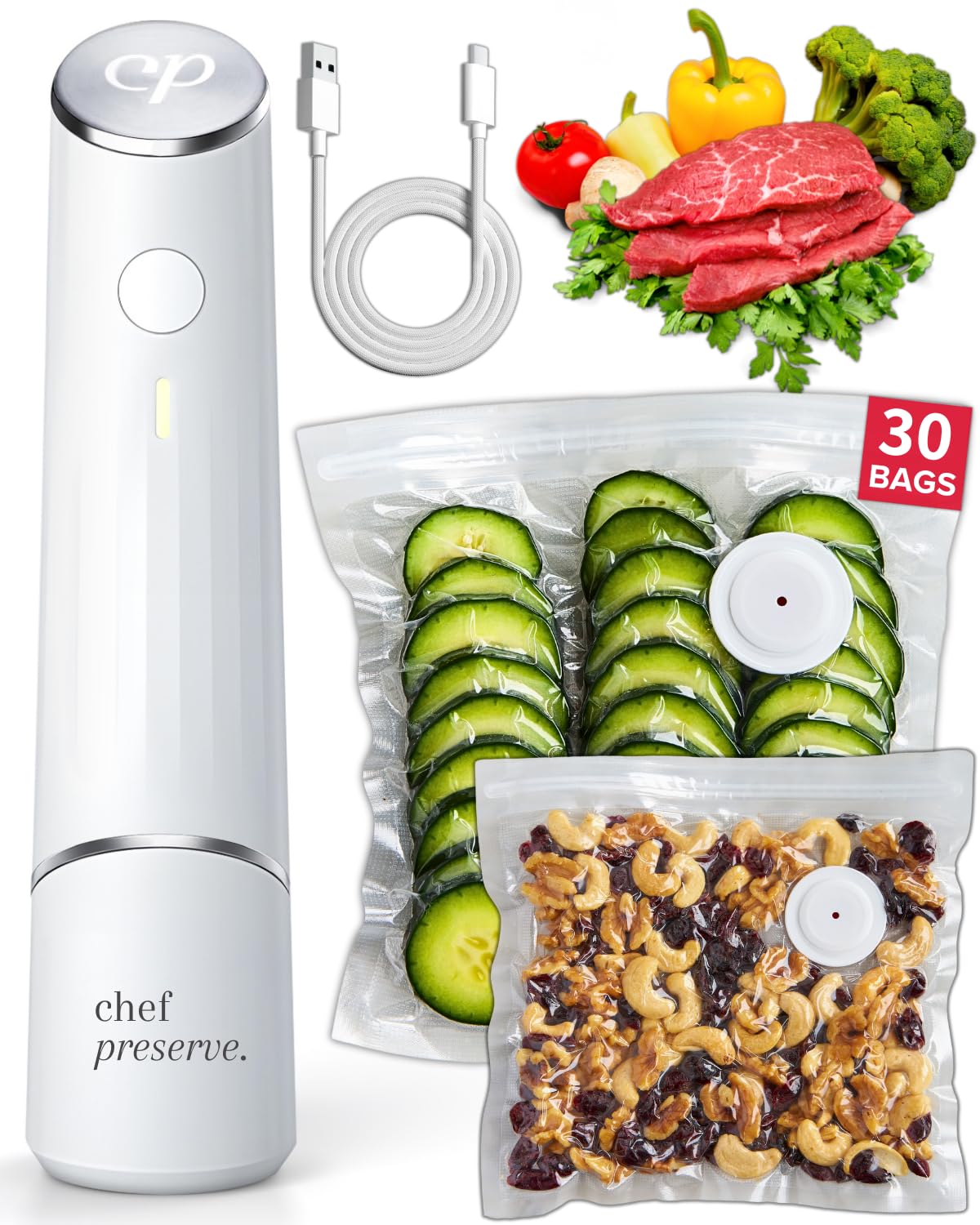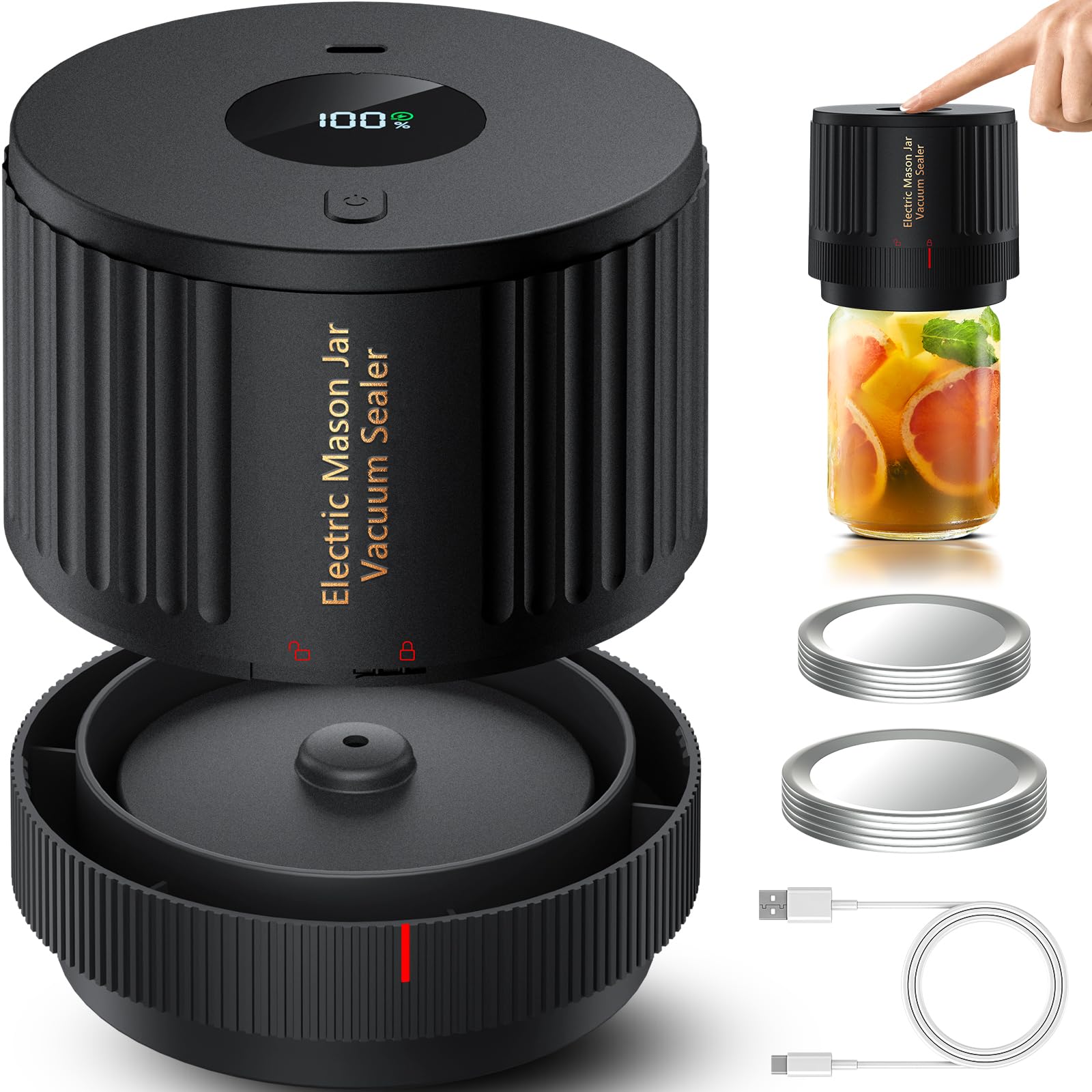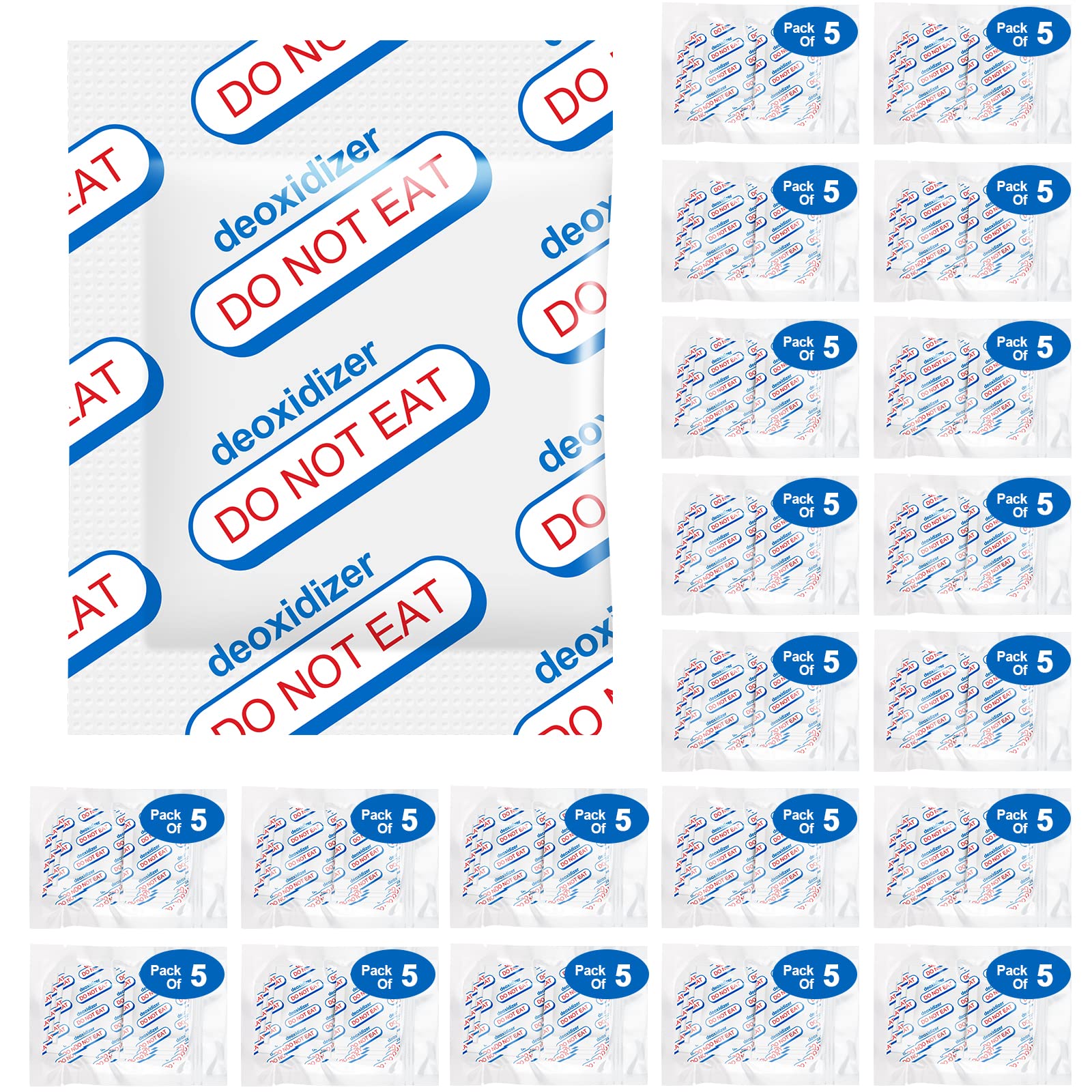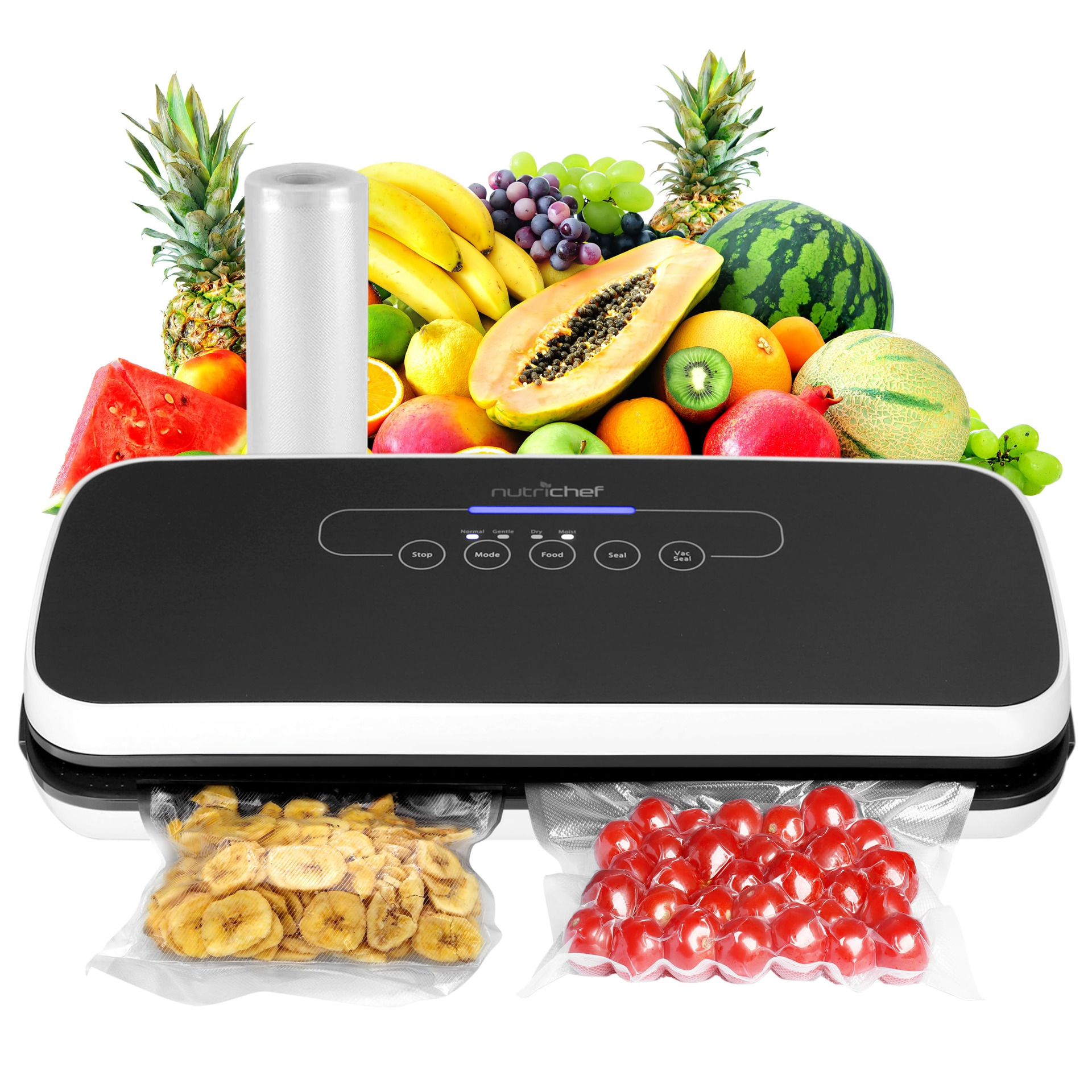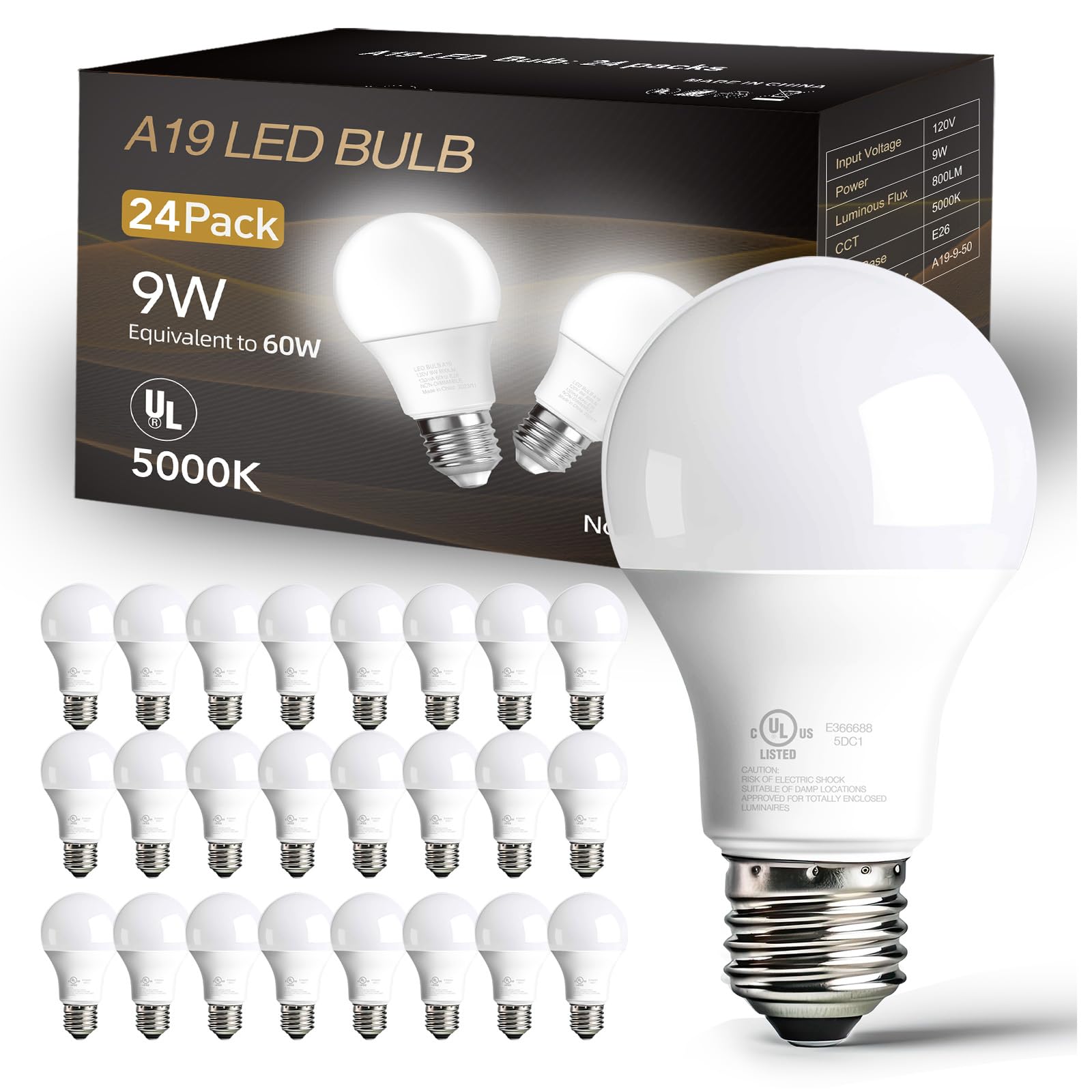Managing personal finances isn't just about willpower anymore. The right mix of apps and strategies can make the whole process a lot less stressful—sometimes even a little fun.
4 Affordable Gadgets for Lowering Food Waste That Every Kitchen Needs in 2025
Food waste drains over $1,500 from the average American household every year. It's also a big contributor to environmental headaches that honestly, we could all do without.
Sometimes, all it takes is a few simple gadgets to stretch the life of your produce, leftovers, and pantry staples. No need for fancy kitchen remodels or pricey appliances—just the right affordable tools can make a real dent in spoilage.
These food-saving gizmos usually fall into four camps: vacuum sealers that extend storage, produce containers that balance humidity and airflow, freshness trackers to help you remember expiration dates, and portion tools that keep you from buying way too much.
Plenty of great options cost under $50, so you don't have to shell out a fortune. In fact, most of these pay for themselves pretty quickly just by trimming your grocery bill.
Think about your household size, the foods you end up tossing, and your kitchen storage space before buying. For electronics, battery life really matters. For containers, quality materials go a long way.
We dug through dozens of affordable gadgets and tested them ourselves. Here are the ones that actually deliver on their promise to cut down food waste.
Best Affordable Gadgets for Reducing Food Waste
Here's our full list of the most effective, budget-friendly gadgets that can help you waste less food at home. We picked these because they keep food fresh, improve storage, and help you use up what you buy—without costing an arm and a leg.
Chef Preserve Compact Vacuum Sealer
This little handheld vacuum sealer really pulls its weight. It preserves food well, doesn't hog space, and makes sense for anyone trying to cut waste without spending a ton.
Pros
- Super compact—just toss it in a drawer and forget it until you need it
- Battery lasts forever (well, almost)—about 1000 bags per charge
- Reusable bags handle the dishwasher, freezer, and microwave with no fuss
Cons
- Takes a bit to figure out which bags work best with which foods
- Some users report early failure, though our test unit held up
- Only works with foods that fit in the included bag sizes
We found the one-button design refreshingly simple. The sealer shuts off automatically, and in our tests, it finished sealing in just a few seconds—no babysitting needed.
It's about the size of a big pepper grinder, so storage is a non-issue. Unlike those giant countertop models, this one just disappears into a drawer.
The bags really impressed us. We ran them through the dishwasher multiple times and froze and microwaved all sorts of leftovers. They held up and kept their seal.
The battery just kept going. After weeks of sealing everything from pizza slices to veggies, we still hadn't needed to recharge. Not having to plug it in every time? Huge plus.
LOVE MOMENT Electric Mason Jar Vacuum Sealer
This compact vacuum sealer does a solid job keeping food fresh in mason jars, and you won't have to wrestle with a bulky machine.
Pros
- Works on both wide and regular-mouth mason jars—just swap the sealing parts
- Battery-powered and cordless, so no cords cluttering up your kitchen
- Seals jars in about 40 seconds with a single button press
Cons
- The little lid removal tool is easy to lose and hard to replace
- The battery indicator is pretty basic—not super precise
- You need compatible mason jar lids, which might need replacing now and then
We had the best luck with things like cut avocados and nuts. The vacuum keeps air out, so stuff doesn't brown or go stale as fast. Once you get the hang of lining up the red arrows for different jar sizes, it's a breeze.
The cordless design is a lifesaver. No hoses, no attachments, no clearing counter space—just toss it in a drawer. We didn't miss the old bulky models at all.
Battery life held up well. Each jar used about 4% of a charge, so you get around 25 seals before needing to recharge. Sealing time sometimes ran a little long if the jar was really full, but it still worked every time.
The included lids worked fine, though a couple had minor rough edges. Didn't affect the seal, but worth noting. If you store a lot of dry goods or foods that spoil quickly, this one's a good pick.
ZRLEI Oxygen Absorbers
These oxygen absorbers really stretch the shelf life of dry foods if you pair them with the right containers. They're a budget-friendly way to keep things fresh, but you do need proper storage.
Pros
- Affordable—100 absorbers last a long time
- Packs of five make it easy to use just what you need
- Works for everything from rice to freeze-dried meals
Cons
- You need mylar bags or airtight containers—regular plastic bags won't cut it
- Only removes about 20% of air, so don't expect vacuum-tight bags
- Once opened, you have to use them quickly or they lose effectiveness
We used these mostly for bulk grains and emergency food storage. The 400cc size fits perfectly in one-gallon mylar bags, keeping rice, pasta, and beans fresh for a long time.
Opening a five-pack is simple, and you don't have to waste unused absorbers. They look like little packets and just sit quietly in your sealed containers doing their thing.
We noticed the biggest improvement with snacks like cereal and crackers. Usually, those go stale fast, but with the absorbers, they stayed crisp much longer.
The main catch is you need airtight containers. If air can get in, these won't help. Also, don't expect the bags to shrink up dramatically—oxygen is only part of the air inside.
NutriChef Vacuum Sealer
This vacuum sealer gives you a lot for the price. It's a good pick if you want to keep food fresh longer without spending a fortune.
Pros
- Easy to use—just follow the LED indicators
- Two sealing modes for dry and moist foods
- Comes with bags and accessories so you can start right away
Cons
- Creates a fair bit of plastic waste from single-use bags
- Sometimes struggles with thicker meat packages
- Compact size means it can't handle really large items
The NutriChef sealer worked faster than we expected. The soft-touch buttons feel nice, and the lights make it obvious which mode you're in.
Dry mode sealed things like crackers and nuts well. Moist mode handled soup and marinated chicken with no leaks or mess.
Our freezer got a lot more organized once we started using this. Sealed portions actually stayed fresh, and we stopped tossing so many wilted veggies.
The starter kit was generous—five bags and a long roll meant we didn't have to buy extras right away. That was a relief.
But the plastic waste adds up. If you're trying to be eco-friendly or save money in the long run, factor in the cost and waste from the bags.
Buying Guide
When you're picking gadgets to cut food waste, focus on what actually solves your storage problems—without blowing your budget.
Key Features to Evaluate
Storage capacity is huge. A gadget that works for a family of six might be overkill for a couple.
Ease of cleaning matters more than you'd think. Look for dishwasher-safe parts and simple shapes—nobody wants to scrub out weird corners.
Power requirements can make or break a gadget. Battery models are flexible, but plug-ins usually offer steady performance.
Essential Considerations

Budget Planning
Set aside $50 to $150 if you want a full food waste reduction kit. Most gadgets run $10 to $40 each, so you can start small.
Try one device first and see if it fits your kitchen routine. Add more if you notice a real difference in what you waste.
Compatibility Requirements
Before you buy anything, take a look at your available counter space, and don't forget about storage areas. You don't want to end up with something that just won't fit.
Some devices only work with certain container types or sizes, which can be a little annoying if you already have a setup in mind.
Smartphone compatibility is a must for a lot of those smart monitoring gadgets. Double-check that your phone's operating system actually works with the app—sometimes it's surprisingly picky.
Think about how comfortable your family is with tech when you're picking between manual and digital. Not everyone's going to want to fiddle with an app just to get a snack.
Food waste drains over $1,500 from the average American household every year. It's also a big contributor to environmental headaches that honestly, we could all do without.
Energy-efficient light bulbs really do offer some big advantages over old-school incandescents. They use less power but still give you the same amount of light, so you'll see lower utility bills and a smaller environmental footprint.

